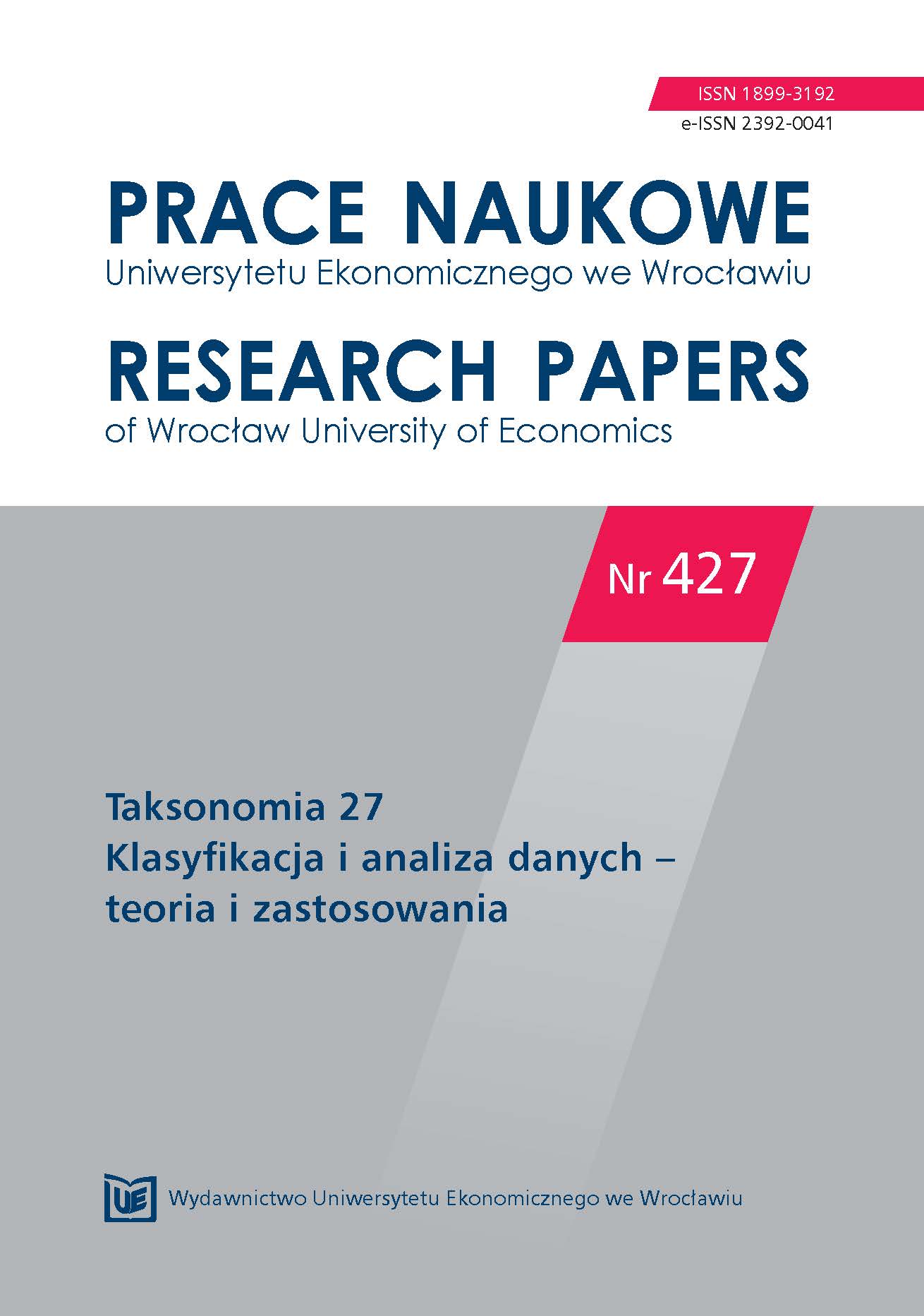Wybrane modele przeciętnego efektu oddziaływania w analizie procesu wychodzenia z bezrobocia
Chosen average treatment effect models in the analysis of unemployment exit process
Author(s): Beata Bieszk-StolorzSubject(s): Economy
Published by: Wydawnictwo Uniwersytetu Ekonomicznego we Wrocławiu
Keywords: regression discontinuity design; difference-in-differences; unemployment
Summary/Abstract: The purpose of the article is to find out how the very fact and duration of the unemployment benefit spell affect the unemployment exit time and the employment intensity. The analysis is made on the basis of data acquired from the Regional Labour Office in Sulęcin under the EU project titled Analysis and Diagnosis of the Problem of Long-term Unemployment in the region of Sulęcin (Human Capital Operational Programme 2007– 2013). The analysis covers the unemployed individuals registered in 2009 and observed by the end of 2011. The study group is divided into the sub-groups of the unemployed who received and did not receive benefits as well as to those who were and were not at risk of long-term unemployment. We use the methods of estimating the average treatment effect (ATE), such as the regression-discontinuity analysis and the difference-in-differences estimation. The estimators of the analysed models’ parameters allowed us to determine the average differences in the employment exit time and in the employment intensity among the above distinguished groups of unemployed individuals.
Journal: Prace Naukowe Uniwersytetu Ekonomicznego we Wrocławiu
- Issue Year: 2016
- Issue No: 427
- Page Range: 40-48
- Page Count: 9
- Language: Polish

